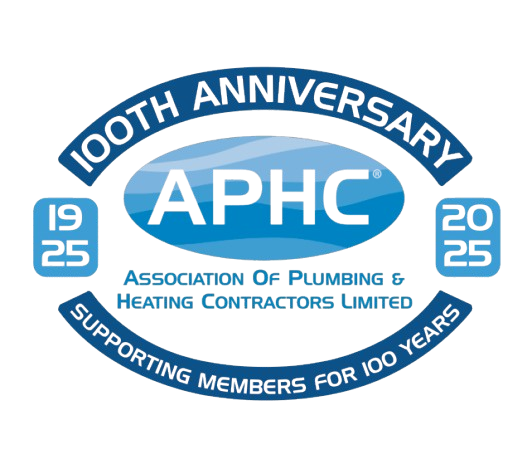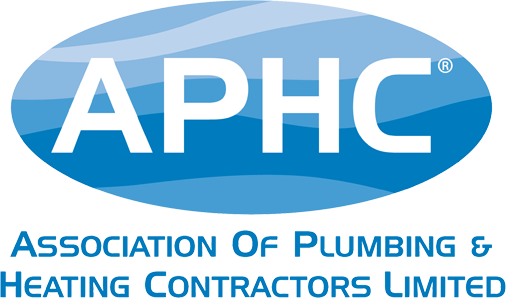During a flood, it is important to follow the advice of the emergency services, the local authority and official agencies. Emergency services will be busy and can only help where life is in danger. In an emergency dial 999 and for up to the minute information on flooding in your area call the Environment Agency Flood Line 0845 988 1188.
Preparation
Floodwater will rise rapidly; many homeowners often report how quickly the water level rose and that there was not enough time to deal with the immediate issues. It is vital that you prepare for a flood, especially if a 3-day flood warning has been issued for your area, or if you live in a flood-risk area.
Get paperwork in order, check your insurance cover is adequate and up to date. Secure personal documents upstairs or in a plastic bag, sealed and stored in a high place. Write a list of emergency and important phone numbers on a piece of paper, including your doctors, veterinary practice, friends and relatives and your insurance company. You will also want emergency services and local information numbers such as the Environment Agency Flood Line (0845 988 1188) along with any local council helpline numbers. Remember, most people now store numbers in mobile telephones, but your battery may run out or water may damage it.
Make up a flood kit, this should contain a flood plan that details how to turn off your gas, water and electricity, what should be taken in an evacuation and where you will go in such a time (e.g. community shelter or friends and family) and medication instructions. The flood kit should also include blankets, warm clothing, waterproof clothing, wellington boots, first aid kit, rubber gloves and hand sanitiser.
Keep a small stock of strong plastic sheeting, sandbags and sand that can be used to protect your property’s doors and air vents against rising floodwater. Long-term protection can be obtained in the form of domestic flood barriers for doors and air vents.
You should also consider rising floodwater through the sewage system and fit toilet bungs to all downstairs WCs and keep plugs in washbasins.
When flooding is suspected
Follow instructions from emergency services and other agencies. Now is the time to start to protect your property. Fill sandbags about two thirds full and place them in doorways and use plastic sheeting with sand bags to cover air vents. If you have flood barriers, fit them in place. Remember to close the lid on your WCs down stairs and put a weight on them or fit toilet bungs. Move valuable items upstairs or pack them in plastic bags and seal them, putting them as high as possible.
Get your flood kit ready to be used along with your flood emergency plan. Take food and drinking water in bottles upstairs. If you have pets, get proper pet carriers ready for use. Take pet food and litter upstairs. Keep pets inside.
Move all portable, prized possessions such as photographs and valuables upstairs in plastic bags or on top of heavy furniture. If you are infirm or elderly, ask for help from friends or neighbours. Gather important documents such as insurance policies, bank account papers, birth and marriage certificates, passports, rent books, vet certificates and driving licences and keep them safe and available in case you are evacuated.
Consider moving your car to higher ground, if safe to do so. Remember 30cm (a foot) of flowing water is enough to move the average family car. 15cm (six inches) of fast flowing water can knock you off your feet and 60cm (two feet) of standing water will float a car. Follow advice from driving organisations such as the AA for information on driving in flood conditions.
Check that neighbours know about any flood warnings that have been issued, especially if they are elderly, sick or disabled. Keep up-to-date by listening to your local radio station for news bulletins, or dial the Floodline number 0845 988 1188.
If your home is flooded
You will need to disconnect washing machines and dishwashers to prevent backflow. Turn off gas, electricity and water at the stop valve. Stay in your home if you can – move upstairs with a means of escape if required.
If you decide to leave you home, try to stay with friends or family. If you have nowhere to go, contact your local council. Take warm clothing, suitable footwear, blankets, essential medicines, torch and batteries, baby food and nappies (if required) and pets, which should be on leads or in carriers.
Leave a message with local acquaintances so that you can be contacted.
Avoid walking or driving through flood water. Keep children and vulnerable people out of floodwater. Floodwater can have a lot of hazards underwater (e.g. dislodged manhole covers). Be aware of other hazards such as fallen power lines and trees. Wash your hands thoroughly if you touch floodwater as it may be contaminated.
Call 999 if you are in danger, or people have been injured and check in on vulnerable neighbours.
When flooding recedes
This is when the clearing up can commence, but this needs to be done carefully to avoid dangers such as water damaged electrical equipment, heating equipment or structural damage to your home. Above all, you need to take extreme care. There may be dangers in the water such as sharp objects and raised manhole covers, in addition to this, floodwater may have caused structural damage to buildings.
Floodwater can contain sewage, chemicals and animal waste. It is vital that you always wear waterproof outer clothing, including gloves, wellington boots and a face mask. Never allow broken skin to come into contact with floodwater.
You can get water out of your property using a pump and generator. Position the generator outside in the open air as generators produce carbon monoxide fumes (the same as car exhaust fumes) which can kill. It is important not to put too much stress on your property walls. To ensure this, only pump out water when flood levels outside your property start to be lower than those inside.
Get a qualified electrician to check your electrical supplies before switching the power back on. DO NOT touch sources of electricity when standing in floodwater.
You must make sure gas or heating oil supplies have been checked by a qualified plumber or heating engineer. Remember, any person working on a gas installation MUST be registered with Gas Safe and will carry a Gas Safe Register photo ID card. Once checked you can put your central heating on and keep the thermostat between 20-22 degrees centigrade, this will allow the building to dry out progressively. If you are drying your property naturally, keep doors and windows open as much as possible. If using dehumidifiers, close external doors and windows.
If you suspect your drinking water has been contaminated, because the water is an unusual colour or tastes different contact a plumber, who will be able to inspect your drinking water and in some cases take a sample for analysis and disinfect the water system inside the property.
You can clean and disinfect the rest of your property using ordinary household products.
Contact your insurers as soon as possible. Don’t throw damaged items away until your insurers have inspected them
Find A Quality Plumber
Visit APHC members | Find APHC members | Approved Contractors to find a qualified and reliable plumbing and heating contractor local to you.
Please note that this information is meant as a starting point only. Whilst all reasonable efforts have been made, APHC Ltd. makes no warranties that the information is accurate and up-to-date and will not be responsible for any errors or omissions in the information nor any consequences of any errors or omissions.



